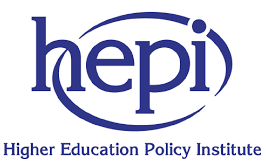Open access, like many areas of publishing or higher education, generates jargon and acronyms. To add to the potential for confusion, open access is also multi-faceted: a movement, a publishing model and a business model.
Traditional publishing and open access publishing involve the same core values, processes and quality controls. Research is packaged by researchers into short (article) or long (book) formats and submitted to a publisher. Under the publisher’s auspices, evaluation and peer-review are conducted and the research deemed publishable (or not), based on both the quality and ethical conduct of the research. If accepted, the publisher prepares the text for publication, including processes such as copyediting, typesetting, tagging and other enhancements to make the content discoverable and richer than the traditional article artefact. The research is disseminated to a global audience of readers through a journal or a book and to services which enhance discoverability. Finally, the publisher ensures the long-term preservation of the research in its published form, including making any corrections to the scholarly record as necessary.

